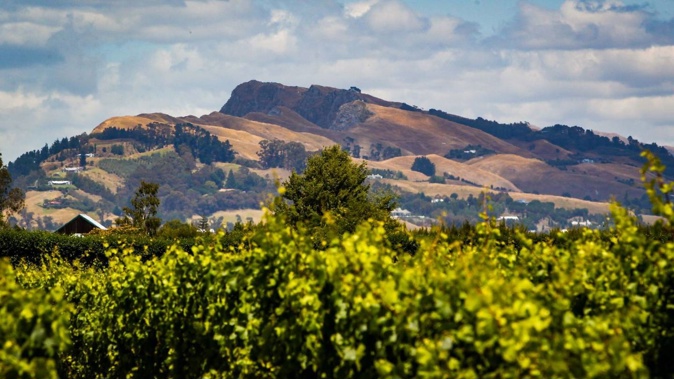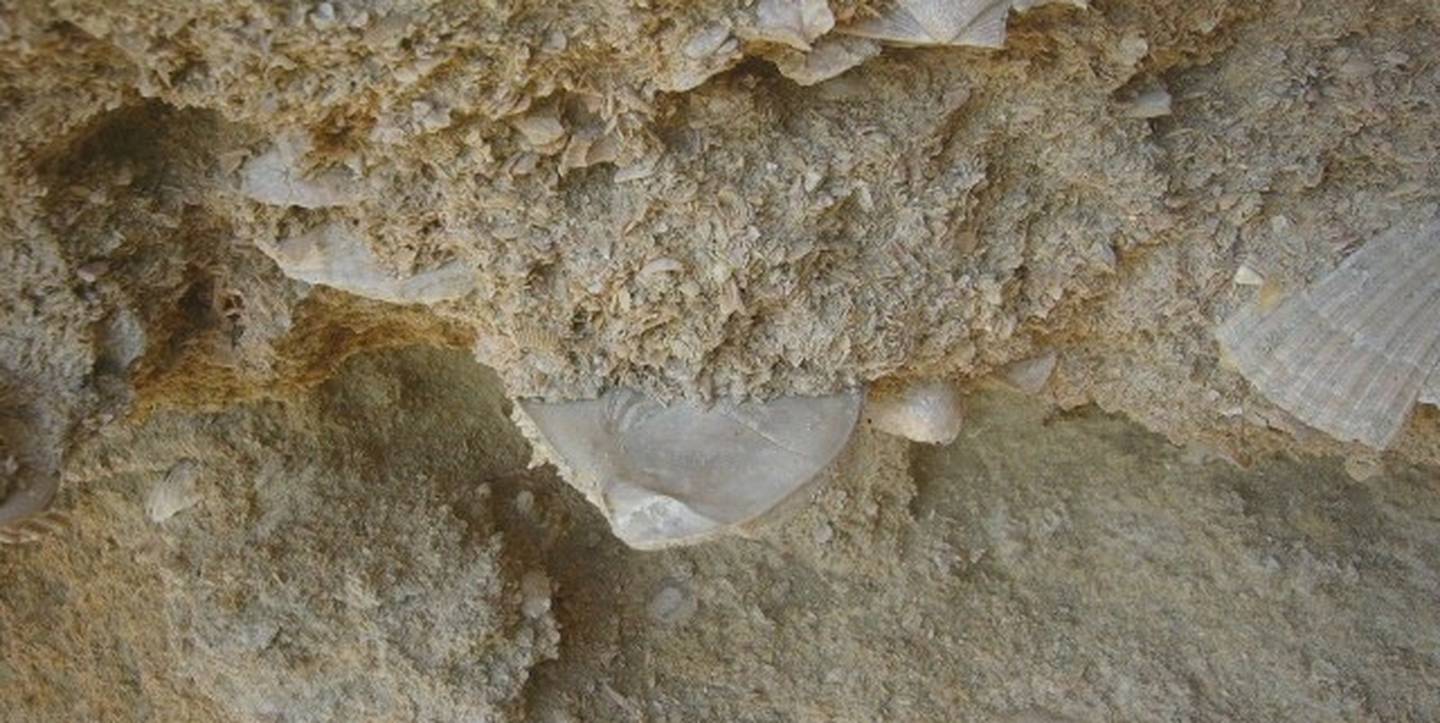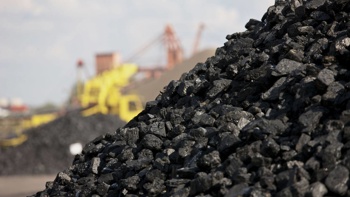
The trust that helps protect Te Mata Peak's taonga says they believe the recent theft of multiple fossils is an isolated incident.
Even so, the Te Mata Park Trust Board is now stepping up its calls for visitors to "leave no trace" at one of Hawke's Bay's most sacred sites.
Te Mata Peak was once under water and fossilised shells, barnacles, and even the occasional shark tooth in its cliffs prove that more two million years ago the Hawke's Bay landscape was very different.
Te Mata Park Trust manager Emma Buttle said a group had in November used hammers to remove fossils that were between two and three million years old from rocks, damaging the land and removing natural history that was "not theirs to take".
Buttle said the fossil theft was an isolated occurrence, but has given the Park the opportunity to highlight the importance of protecting both the flora and geological treasures within the Park.
"The natural history of the land is a taonga tuku Iho a heavenly gift and should always be protected and respected."
Under the Terms of Access written on signs when entering Te Mata Park it states that while in the park visitors must respect the land and vegetation and that no flora or fauna may be removed from the Park without permission from the Trust Board.

The fossils taken from Te Mata Park were over two million years old and a part of the famous Hawke's Bay landmark's natural history. Photo / Supplied
"As guardians or kaitiaki of the Park, we are committed to protecting Te Mata Peak's iconic landscape, to ensure it is enjoyed by future generations, for many years to come," Buttle said.
The number of fossils taken was likely to only be a few pieces taken by a small group, she said.
Buttle said the trust was not concerned it would escalate into a serious problem, but would continue to monitor the area.
Regular park users can help protect their park by informing the trust when they see incidents like it, which is how the trust became aware of the latest fossil incident, Buttle said.
Take your Radio, Podcasts and Music with you









